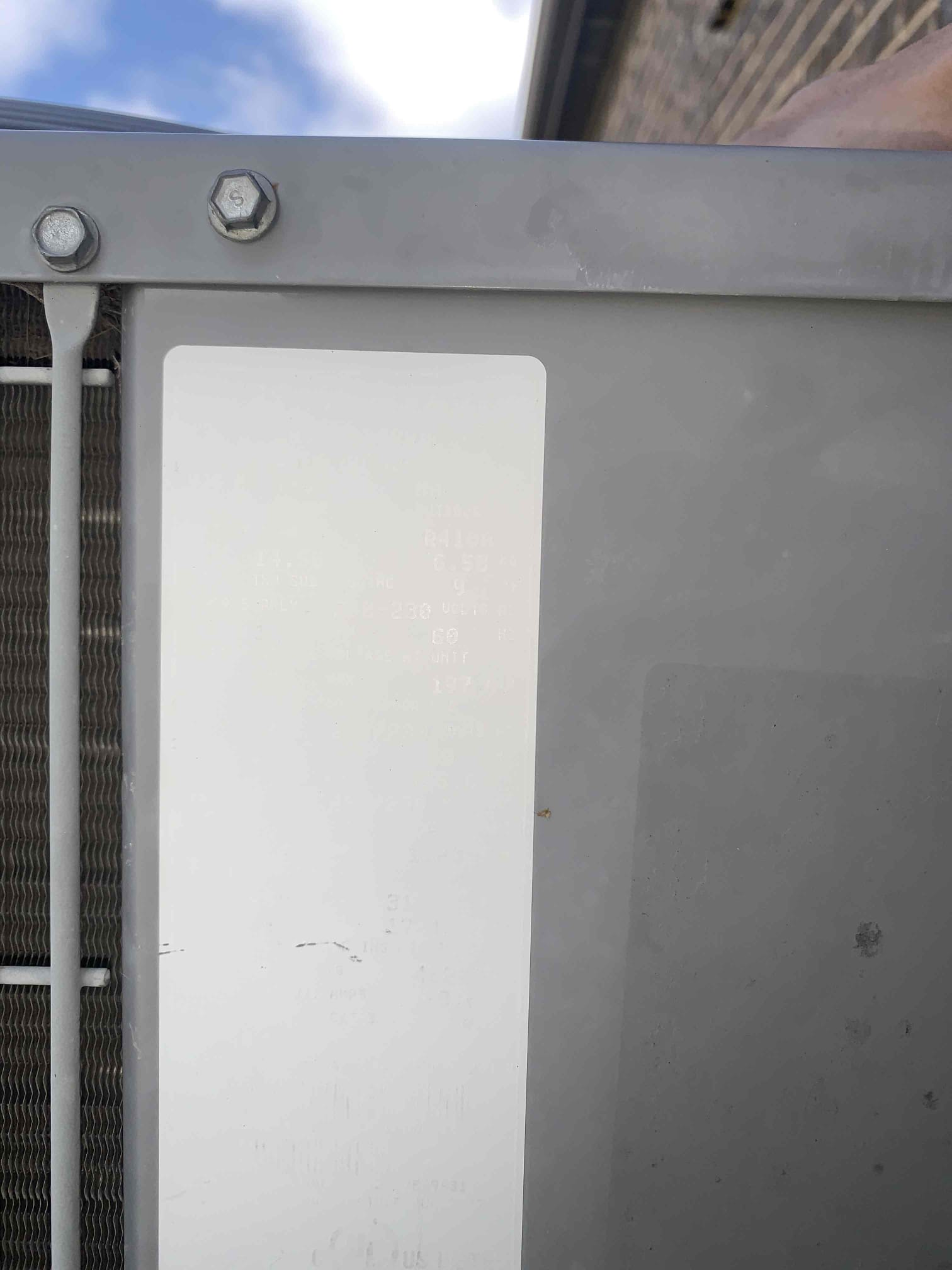 Overall Experience
Overall Experience
 Quality
Quality
 Price
Price
 Convenience
Convenience
Alex was a true professional and was very clear in describing our AC issue. He came out to the house at 11 pm on a Saturday night and was able to solve the problem efficiently. He also thoroughly explained all my options pertaining to fixing the problem, which was greatly appreciated.
 Overall Experience
Overall Experience
 Quality
Quality
 Price
Price
 Convenience
Convenience
Clarence was knowledgeable and incredibly helpful. He quickly diagnosed our issues and got them fixed just as quickly. Very friendly and professional service!
 Overall Experience
Overall Experience
 Quality
Quality
 Price
Price
 Convenience
Convenience
Preformed heat maintenance on a single system gas furnace 2021 Bryant. I tested all electrical components and safeties on the inside unit. All tested within manufacturer specifications. I did take a look at the filter being blocked by the drain line. The only way to have this issue fixed is to cut the hole in the closet wood plat form and move the pvc pipe over a few inches and making the horizontal pvc pipe extend the same distance. Even then when that is completed the filter is still blocked a little by the door frame itself. I then proceeded to visually inspect the outside unit. All checked out on the outside. Unit was heating upon departure.

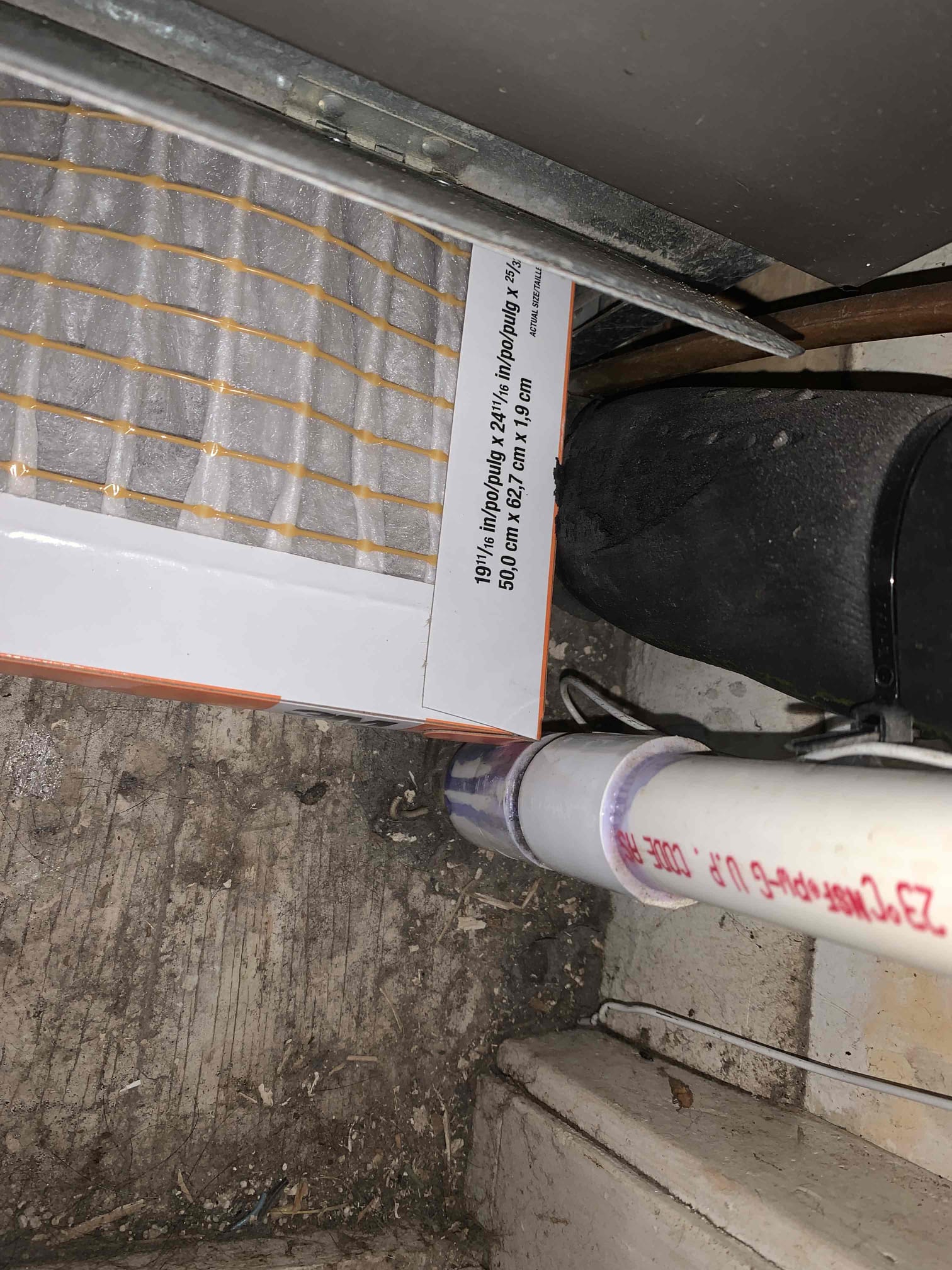
Upon arrival, I tested the unit 3 different times. I replicated the noise 2 of the 3 times. I tested the components to ensure they were good. This is a variable speed unit and the compressor steps up and down according to demand. The noise is related to when the unit shuts off and the compressor stepping down out of the high stages instantly. The amount of noise varies between units. System is operating and heating normally. We will reach out to tech-support on Monday.
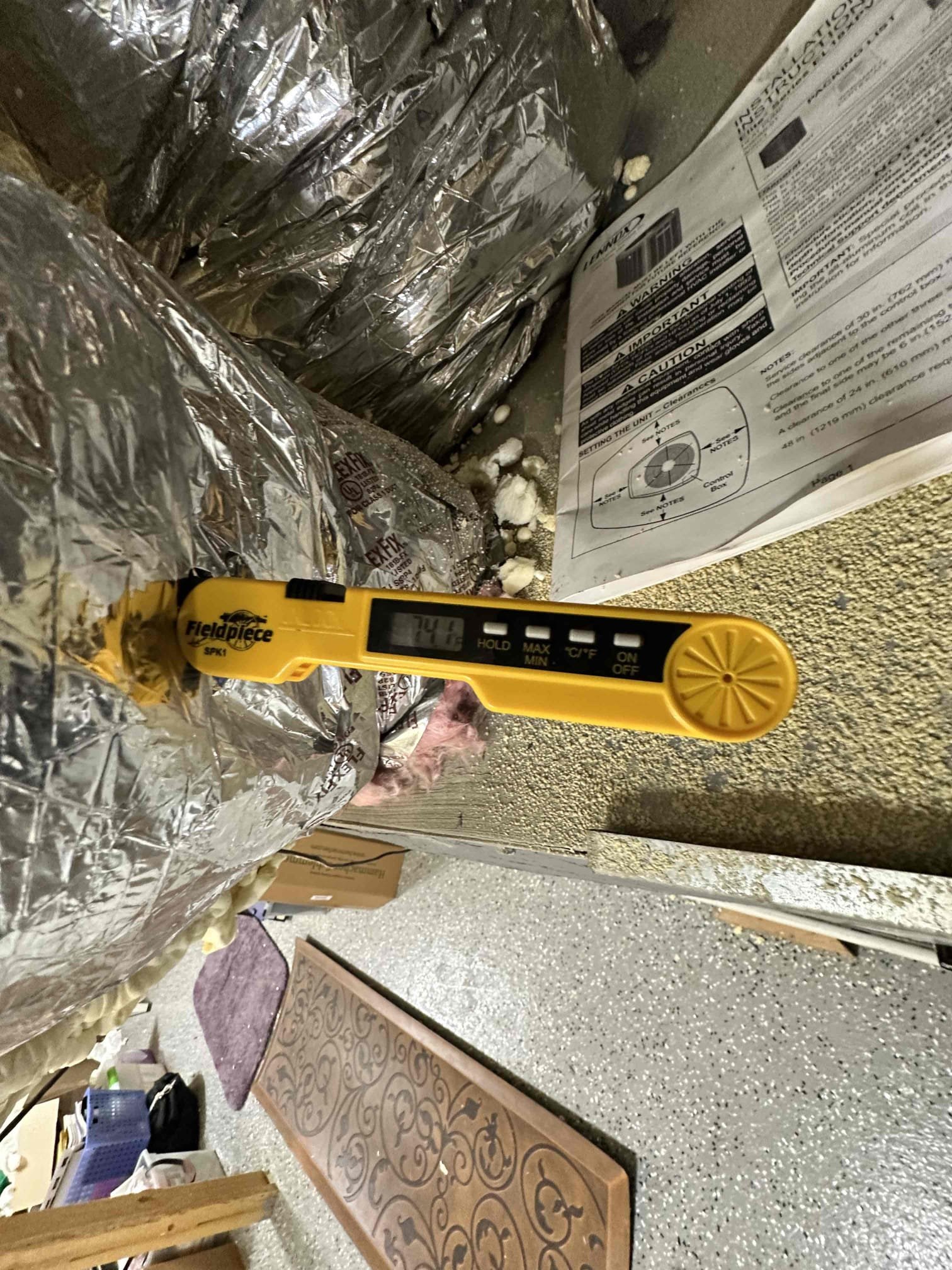
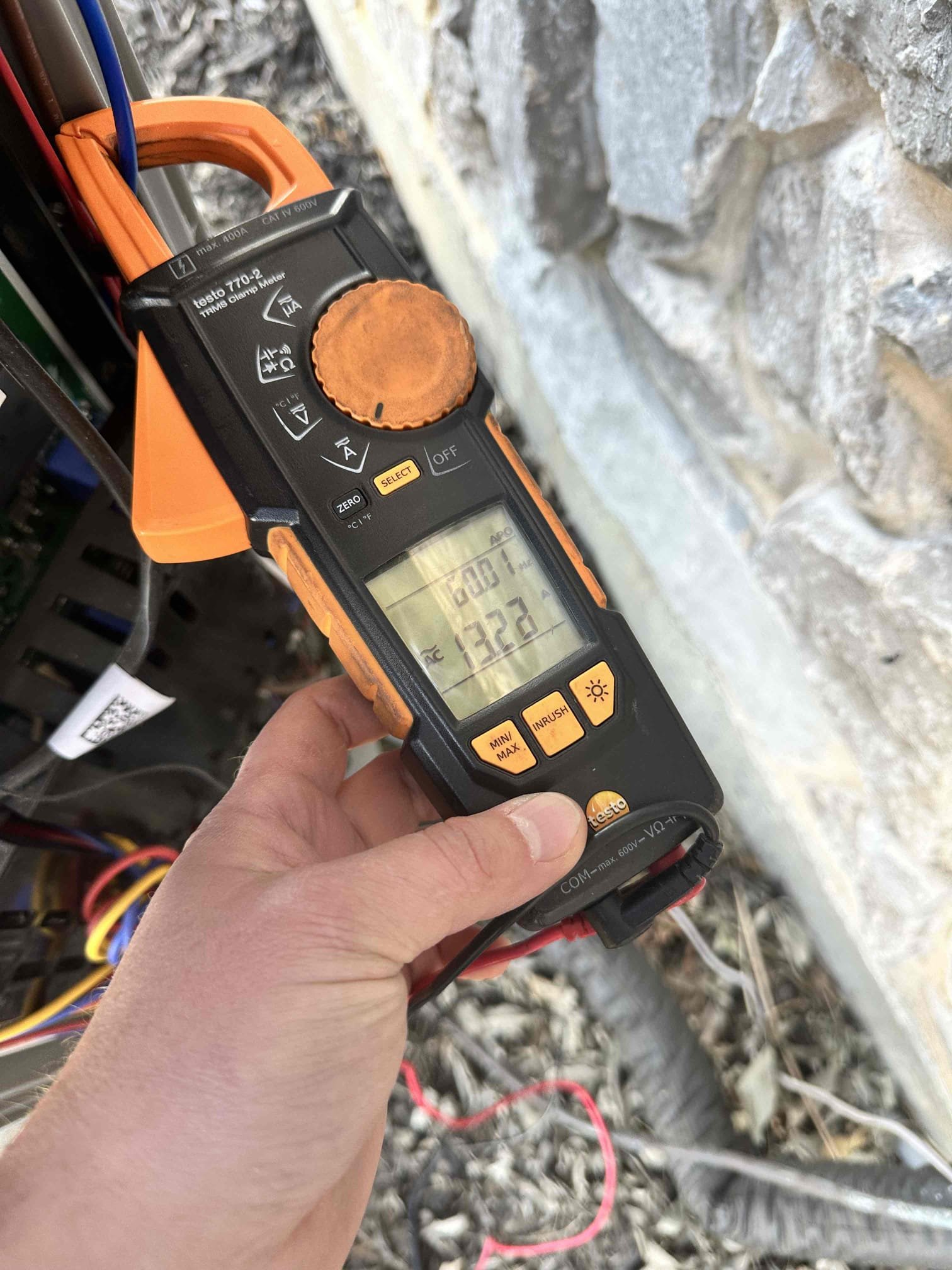
I performed a single system maintenance on a 2019 propane furnace. I checked amps, filter, electrical, safeties, and cleanliness. I noticed that there was some loose wires at the control board. I tightened them to ensure clean connections. I observed that the blower wheel as a bit of build up present, the emergency pan is still is a condition where replacement is suggested, and the units did not have surge protection. I presented solutions for these issues/concerns/preventative measures during the time of service.

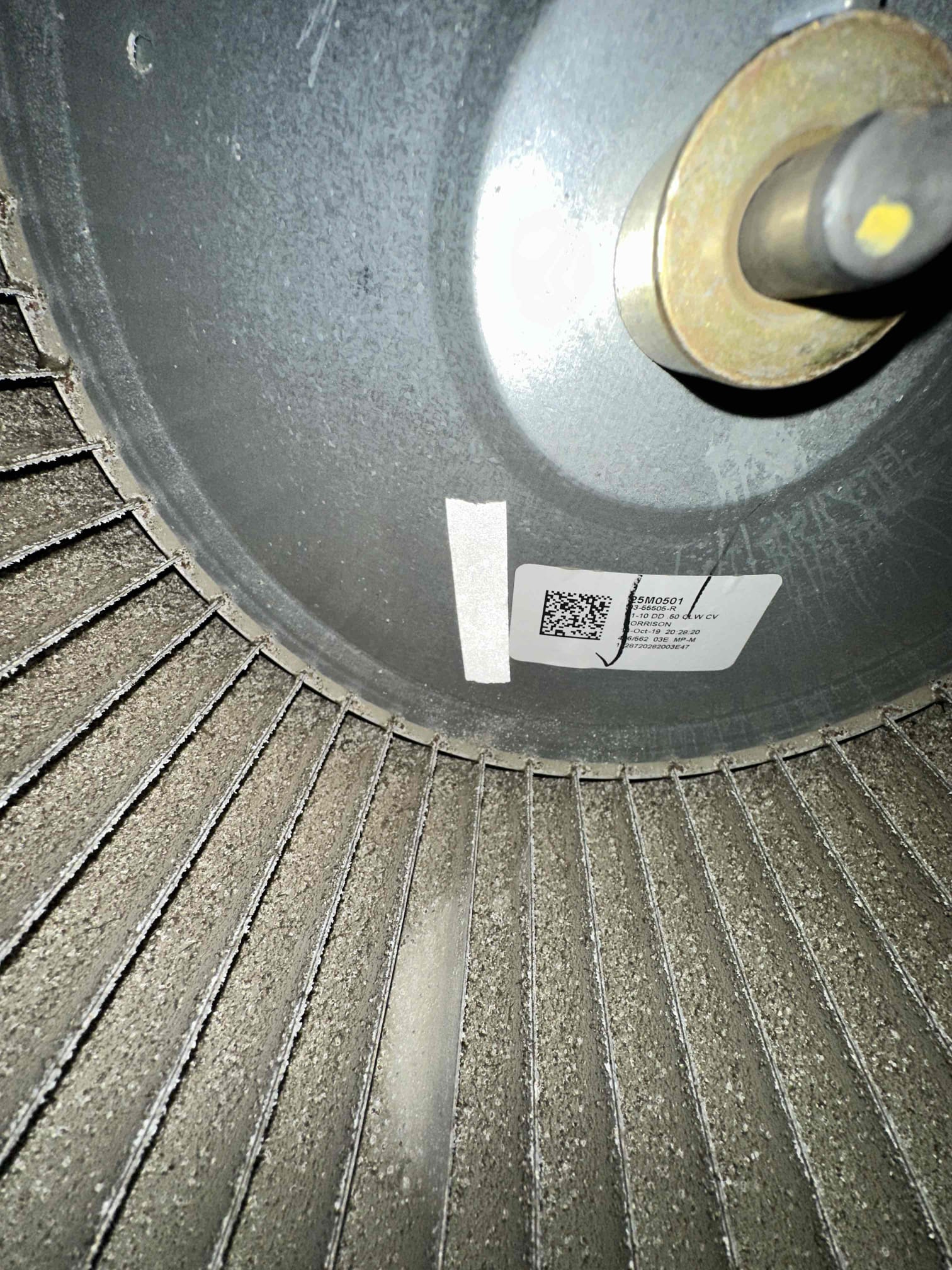
Preformed Dryer Vent Cleaning. Presented before and after pictures of work completed. I preformed a single system heat maintenance on a 2024 heat pump. I tested all electrical components inside the unit. All tested within manufacturer specifications. I did changed 5e filter for the client. Aprilaire 210. I proceeded outside to check the electrical components on the outside unit. All tested within manufacturer specifications. Unit was cooling upon departure


I performed a heating maintenance on a 2020 gas system. I checked amps, capacitor, filter, electrical, gas lines, cleanliness, and safeties. Customer and I spoke about keeping the air cleaner. I mentioned the Airscrubber and upgrading the filtration. Customer would like to move forward with upgrading the filtration. I did not have service at the time of service and had to email the estimate and maintenance invoice.
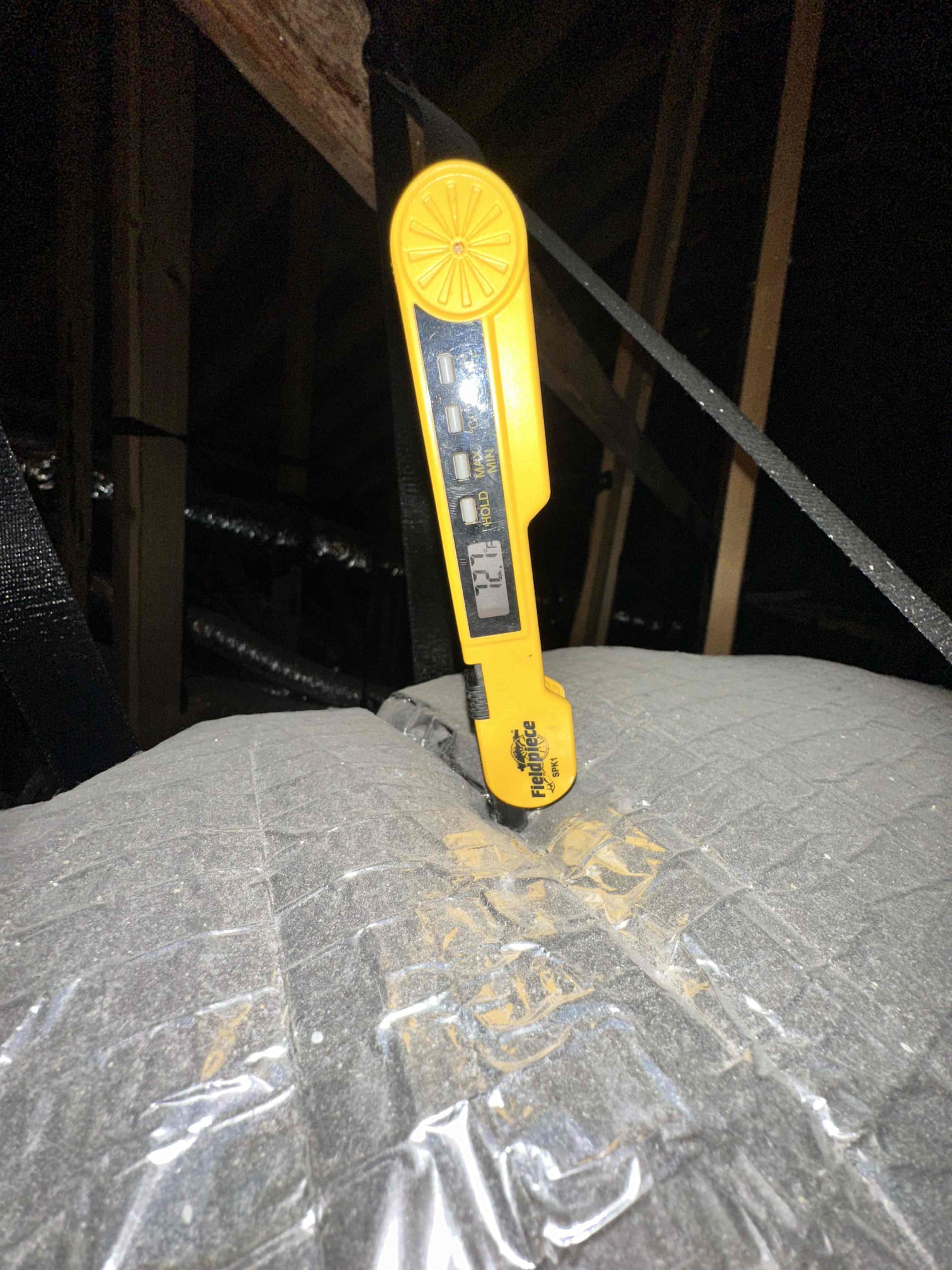
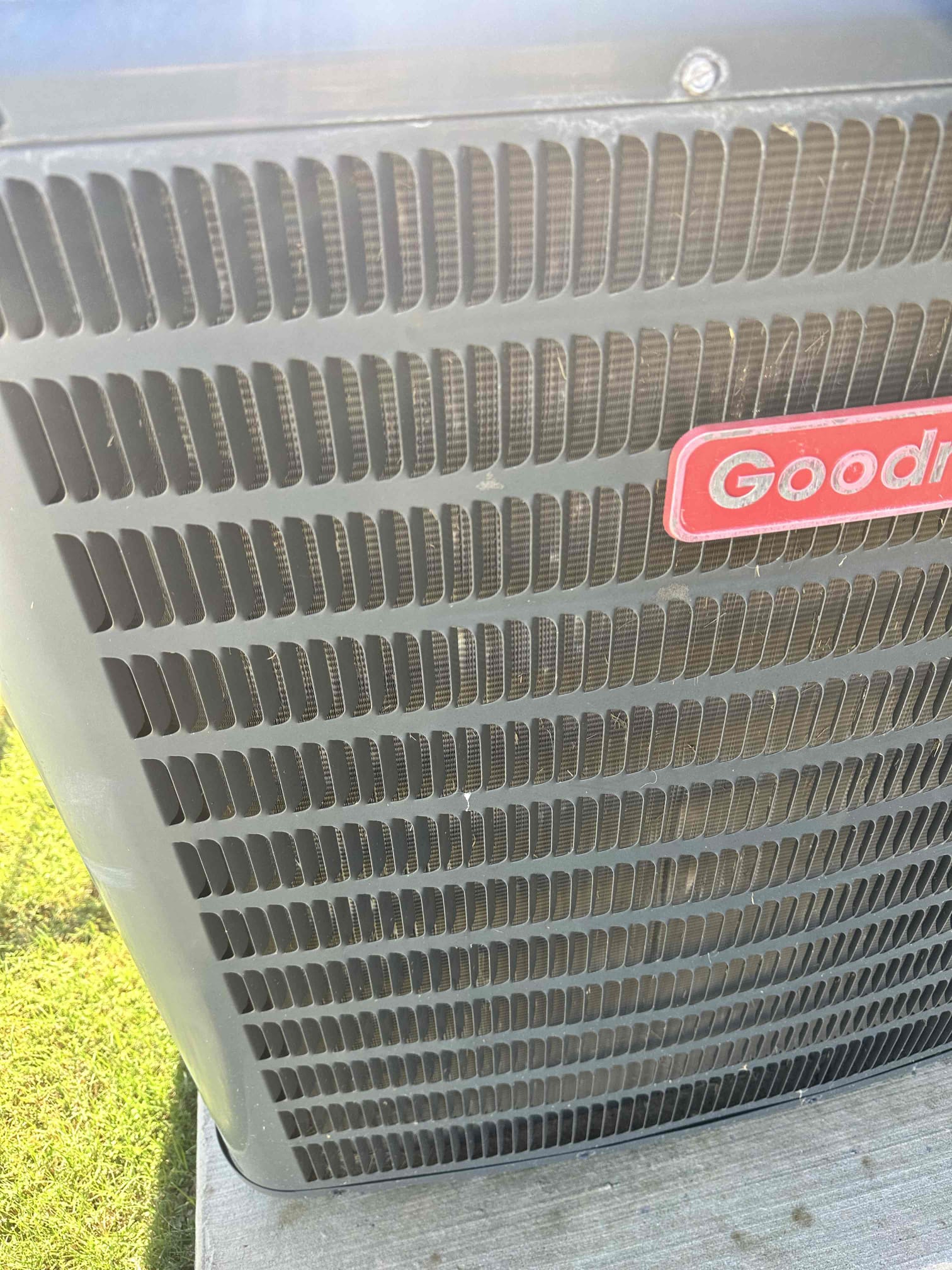
Arrived for heating maintenance on 5T 2015 Amana furnace. Homeowner stated all was well with normal system operation. 1. Visually inspected condenser coil for debris/ dirty. 2. Inspected condenser fan motor. 3. Inspected condenser fan blades. 4. Inspected/ cleaned wiring connections. 5. Tested for gas leaks 6. Tested functionality and cleaned flame sensor 7. Tested functionality and cleaned pressure switches and ports 8. Inspected / replaced return filter. 9. Inspected return plenum for debris/ dirty. 10. Inspected evaporator coil. 11. Tested functionality and visually inspected surface igniter 12. Checked blower amp draw. 13. Measured temperature differential from supply to return. 20 degrees measured. 14. Tested drain line for blockages and found none Found large amount of rust in drain pan and txv uninsulated. No float switch found to prevent water overflow.
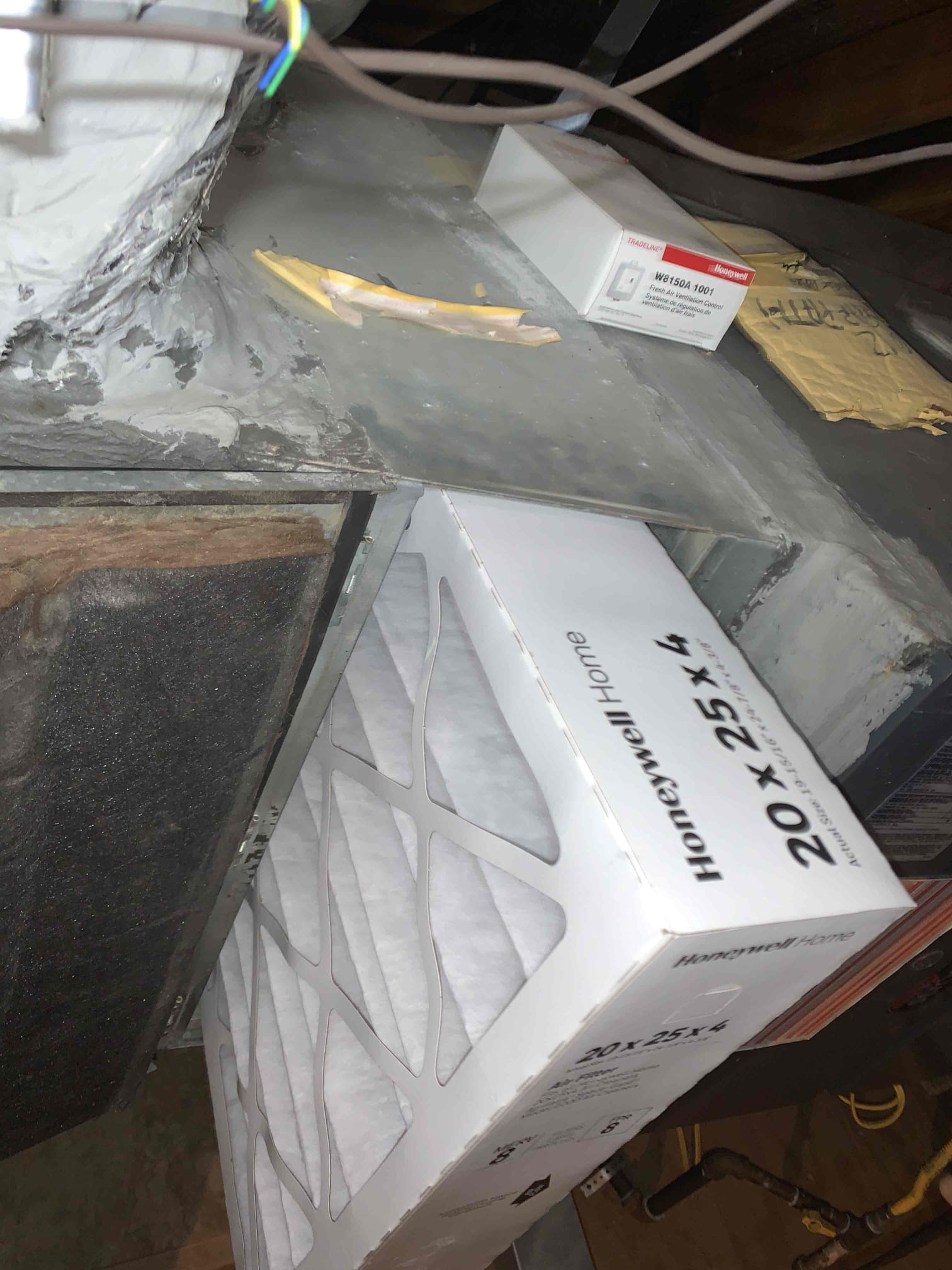
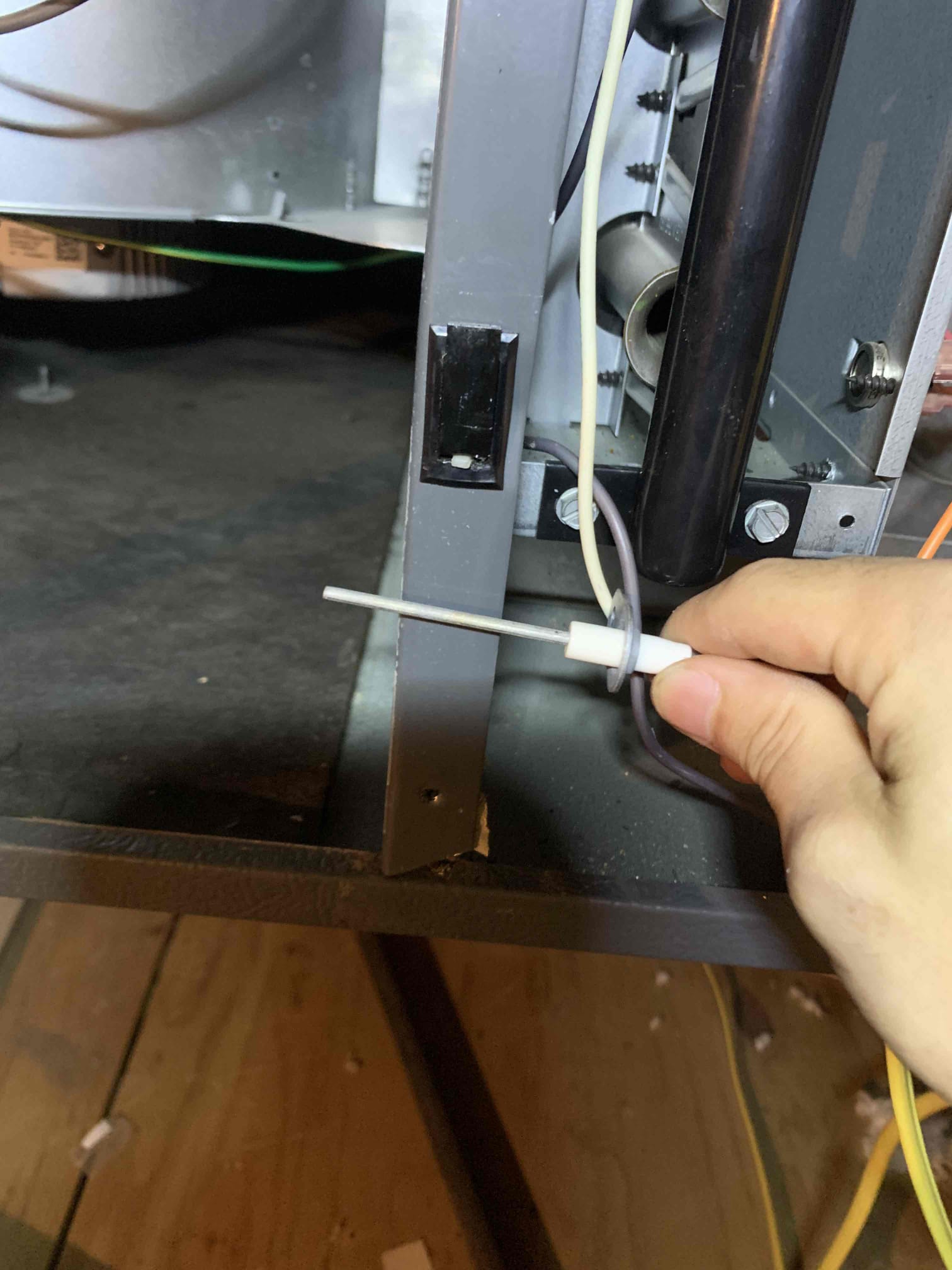
Upon arrival, I turned on the downstairs zone only to find that the system starts to freeze. Quickly I turned on the upstairs zone. The pressures began to level out. This indicated that it’s going to freeze with only one zone on. The system currently has a cfm boosting fan in the duct work. I spoke with the homeowner to give him some options. We can wire the zones so the downstairs runs the entire system. This could cause uncomfortably on the u/s area. We could had a dump duct above the stairwell, upgrade the thermostat, and add sensors. This would allow more air movement, and the downstairs to factor in the temperature upstairs when operating. Also, this can lead to uncomfortable outcome. The final option is to go over options for variable speed units that can manage the refrigerant and air flow properly. Customer elected to have a comfort advisor come out on 10/24/2025 8am-10am arrival time.
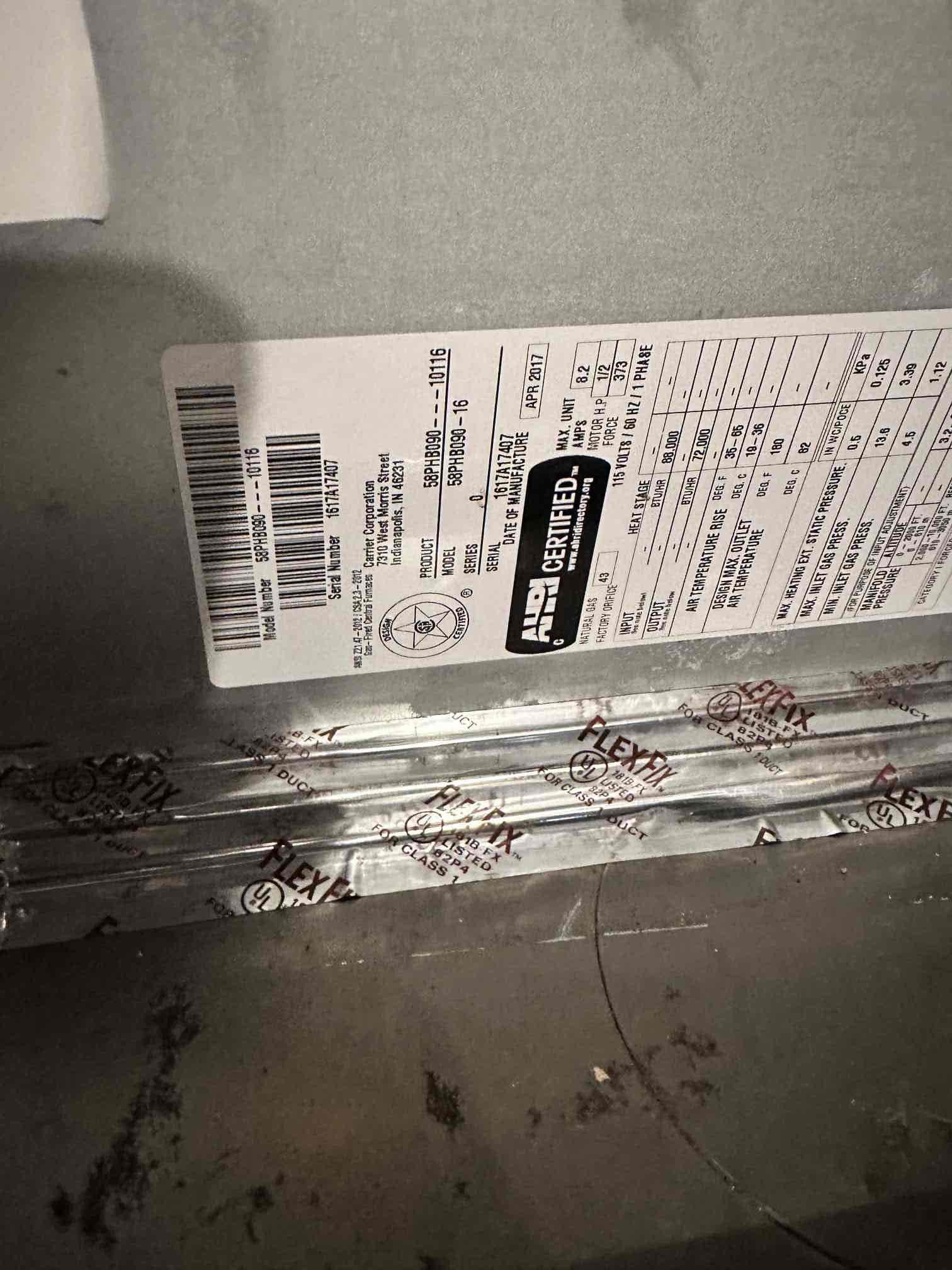
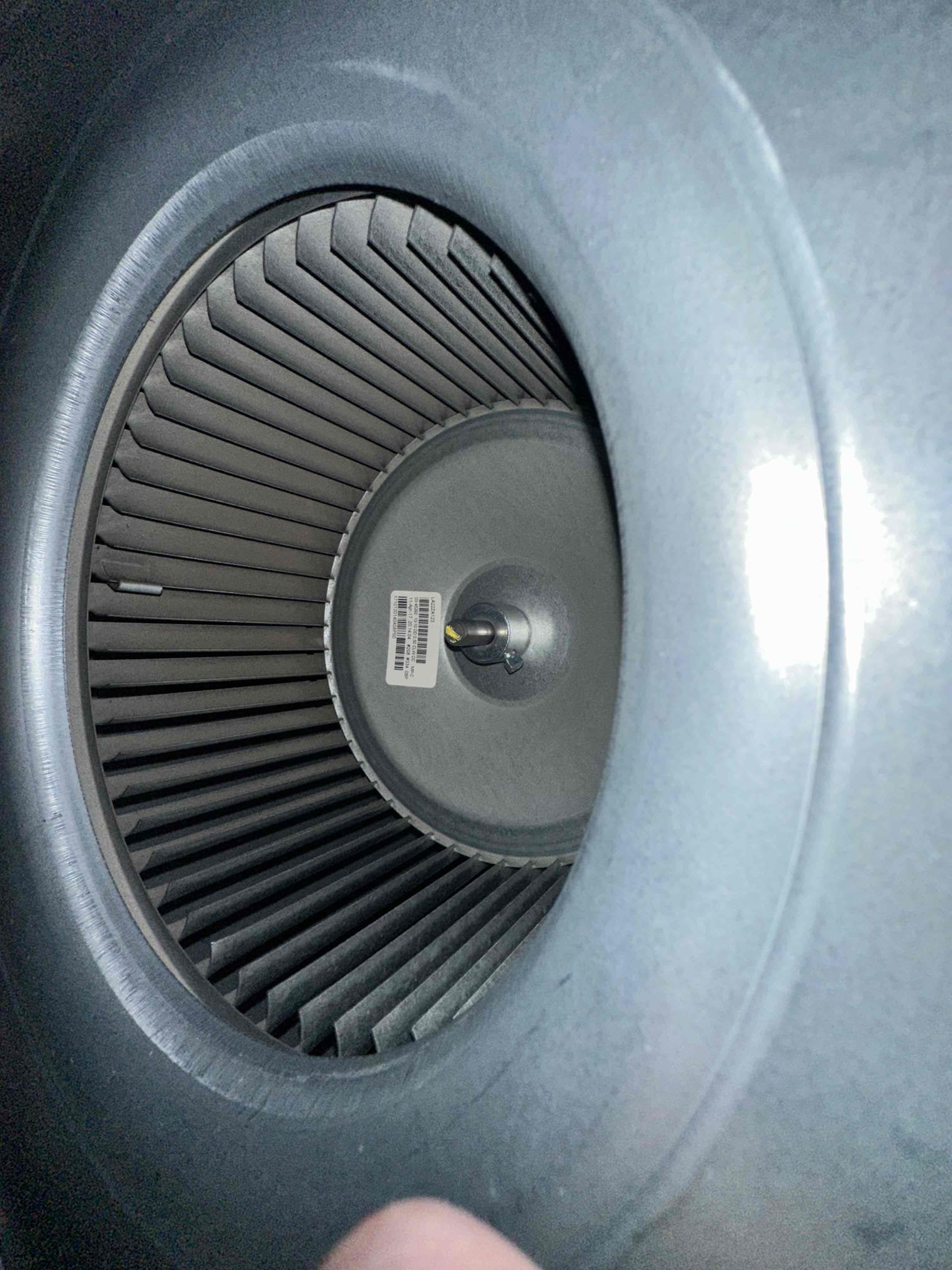
Upon arrival, I hooked up my gauges to check resting pressures. I proceed to use my leak detector to check the indoor and outdoor coils. The leak detector did not detect any refrigerant leaks. I turned the unit on and checked running pressures. I took a temperature split and examined the ducts. I located a bypass duct that was set to .7wc. I turned it down to .4wc. The system is cooling inside of manufacture specifications. Customer and I spoke about surge protection and air cleaning devices. I provided pricing to install them to the system to help with allergies and protect the electrical from power fluctuation.
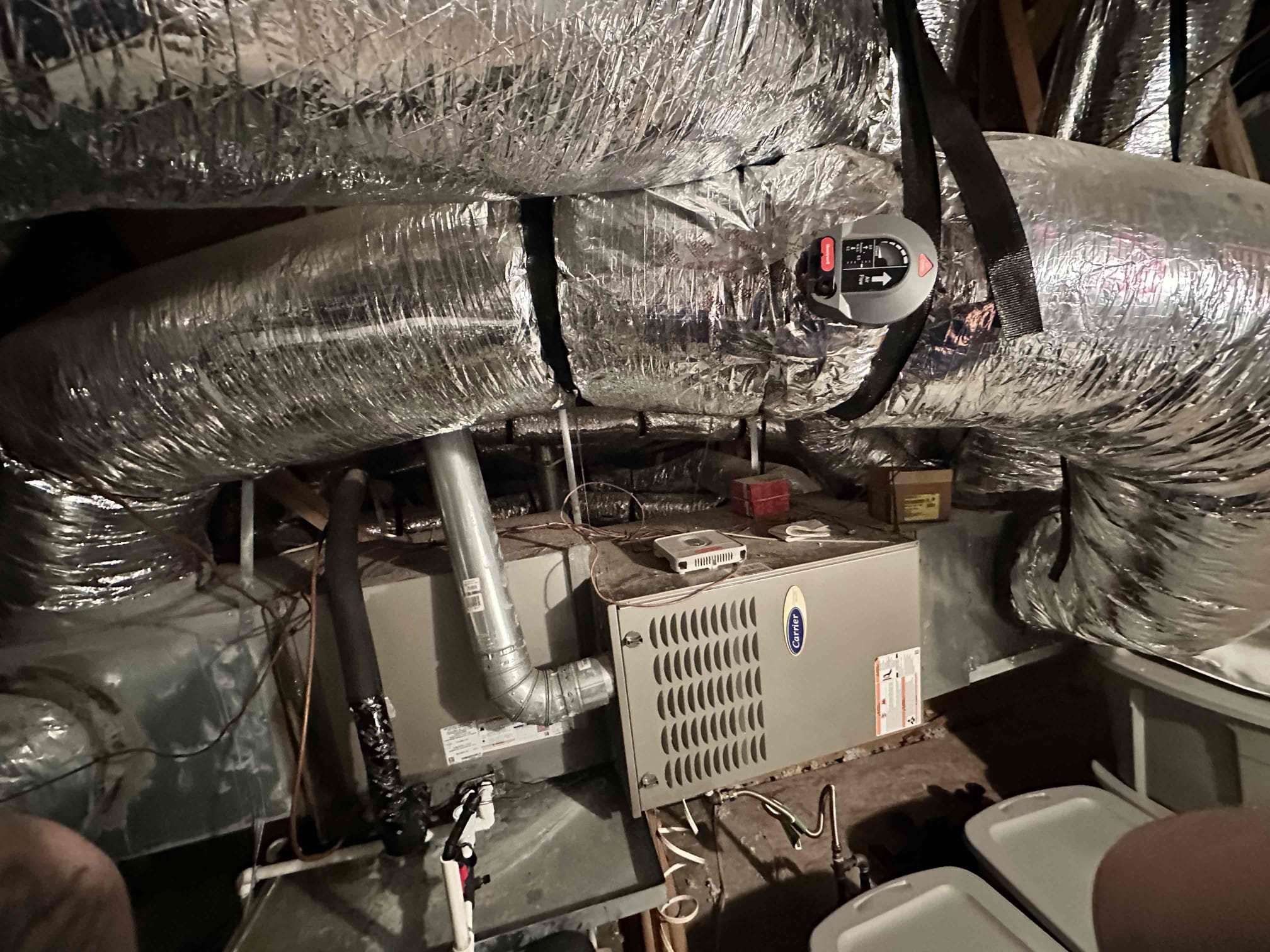
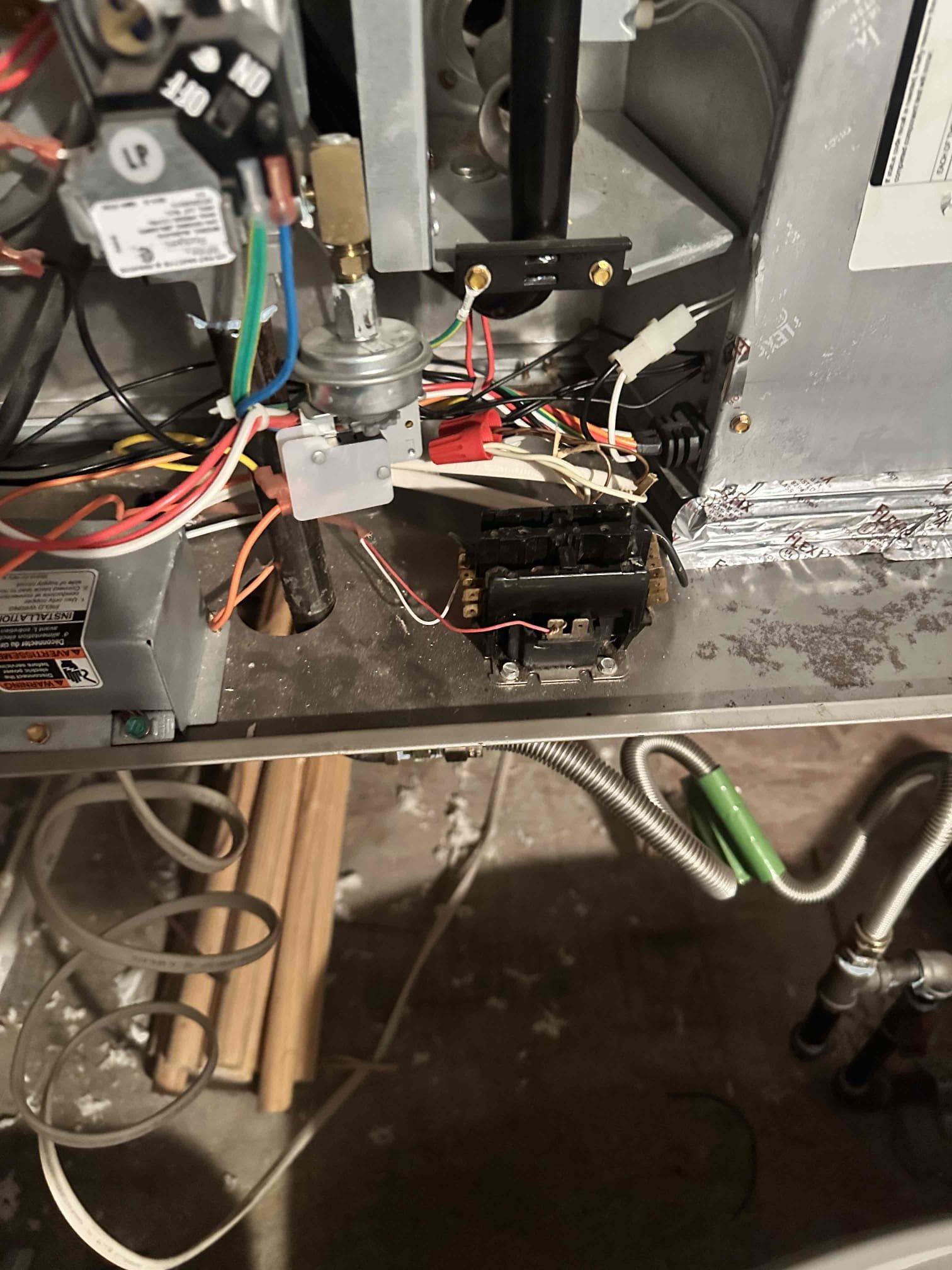
I arrived out our clients home for a single system with 2 zone unit not cooling properly. James first showed me the locations to booth thermostats and the attic access. I then proceeded outside to the outdoor equipment. I immediately noticed the suction line to be frozen over. I shut the unit off at the outdoor disconnect and tested the capacitor and contactor. The capacitor was reading lower than previously measured during the august 4th maintenance visit. I then went into the attic and found the evaporator coil completely frozen. I shared my finding with James and we discussed either thawing out the coil by turning on the furnace or shutting off the compressor and allowing the ice to naturally melt. We agreed that allowing the ice to melt naturally was the best option to not cause any potential damage to the evaporator coil. James elected to replace the capacitor today and we are scheduled to return tomorrow to preform a leak search on the coil. We will also provide a filter as a cou
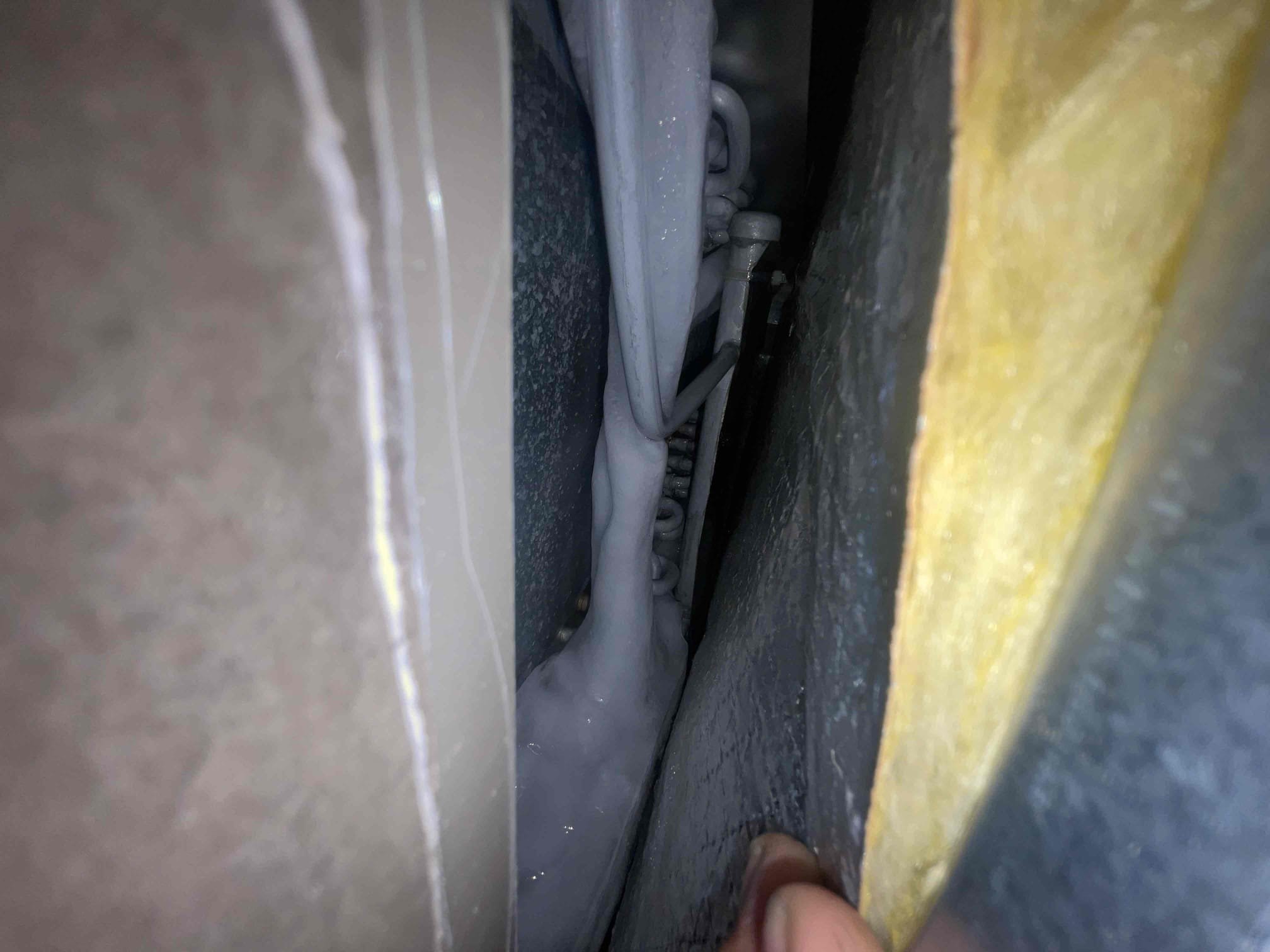
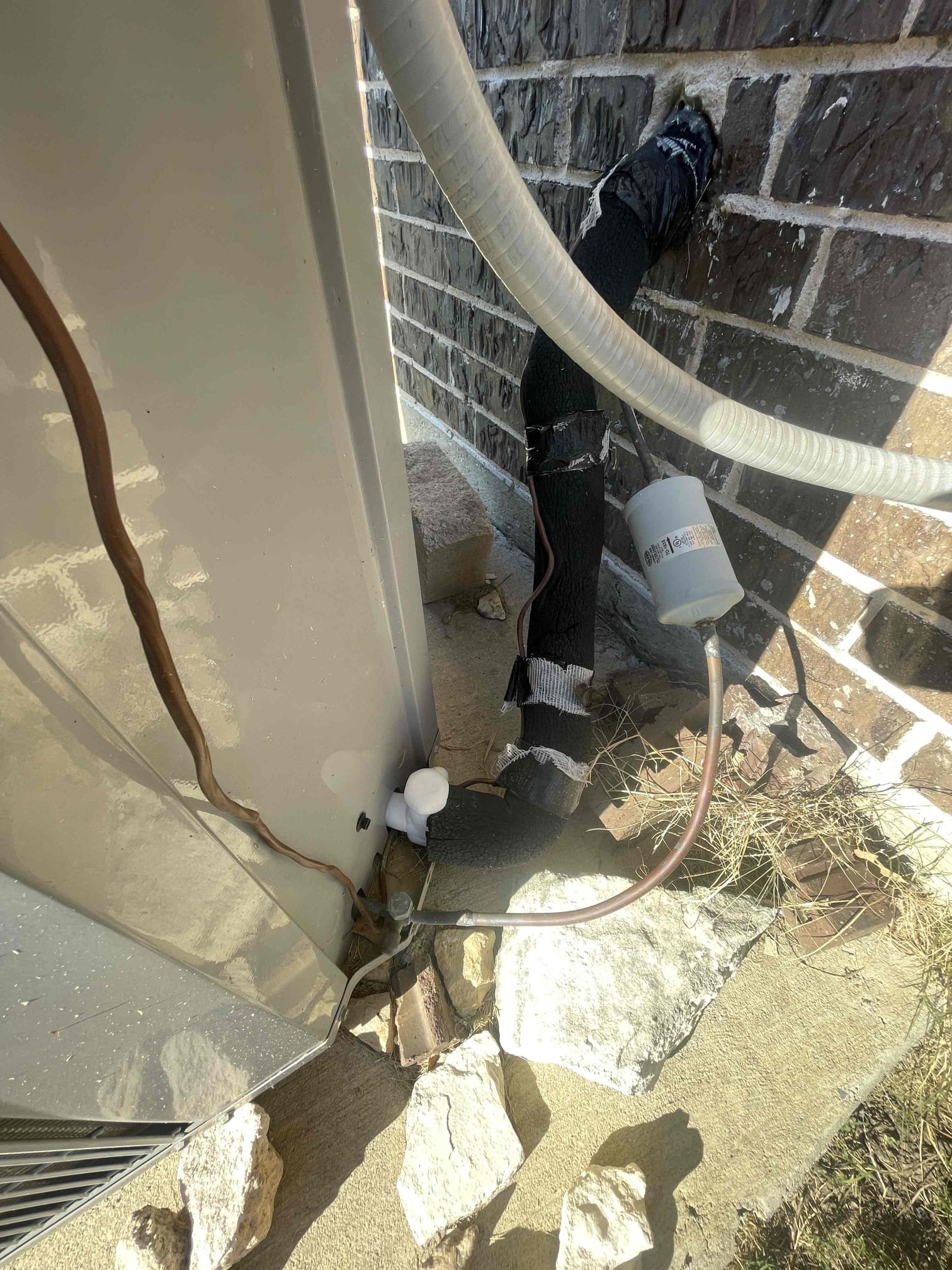
Arrived on site found blower motor not running when calling for cooling. Evap coil was frozen. Tested g and found 24v. 120 measured to blower when calling. Powered unit off and turned it back on again. Blower cam on without issue. Switched unit to heating mode in order to Melt the ice. Unit operated in heating mode without issue for 5 mins. Switched unit to cooling once ice had fully melted. Blower and condenser came on without issue and continued to run for 40+mins. Measured refrigerant pressures and found them to be within manufacturer specifications. Advised homeowner I could not reproduce the issue at this time and the issue could either be with the control board or a power surge issue. Offered surge protector to possibly prevent this from happening again. Homeowner declined at this time. Unit in good working order upon departure.
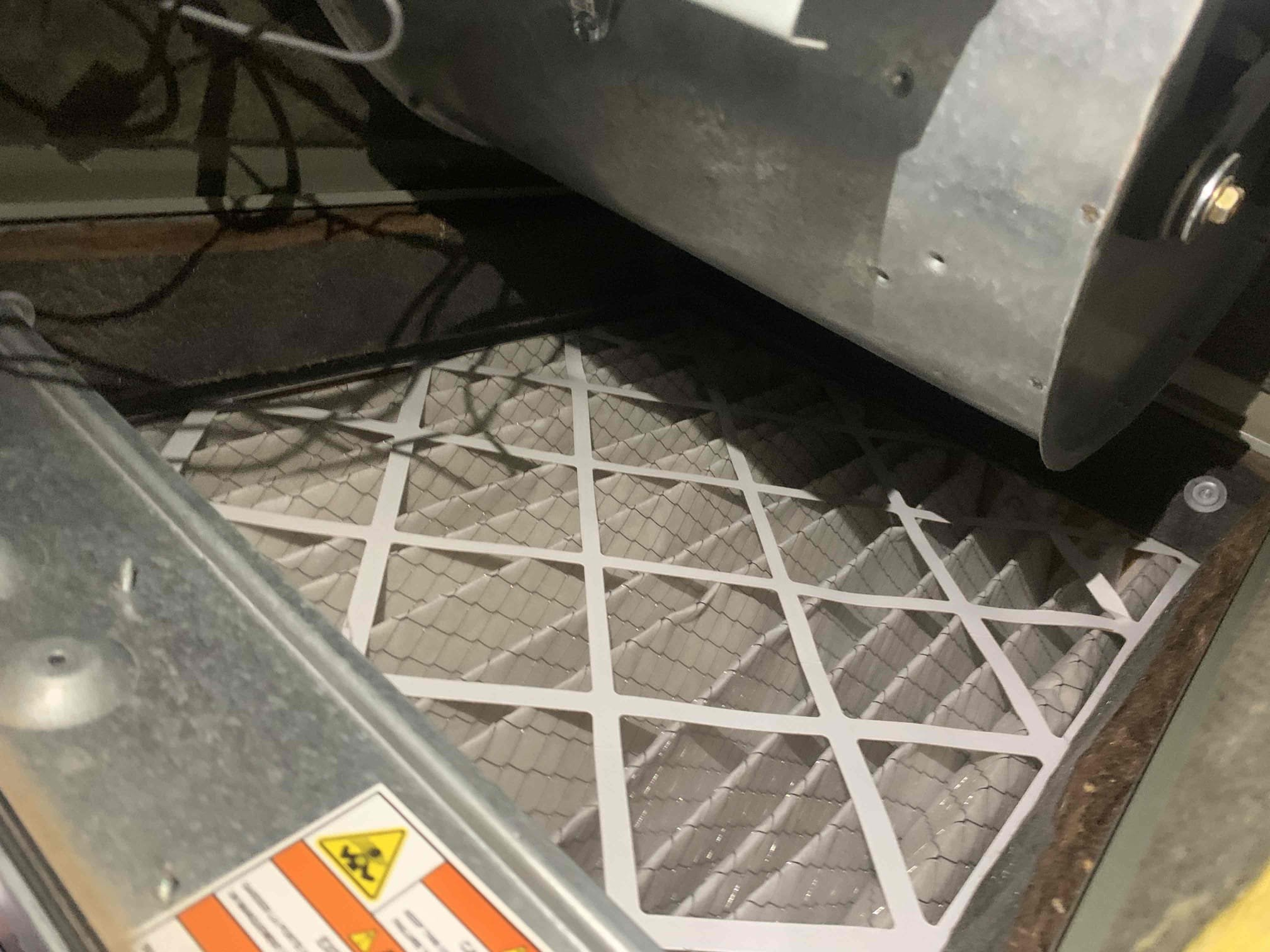
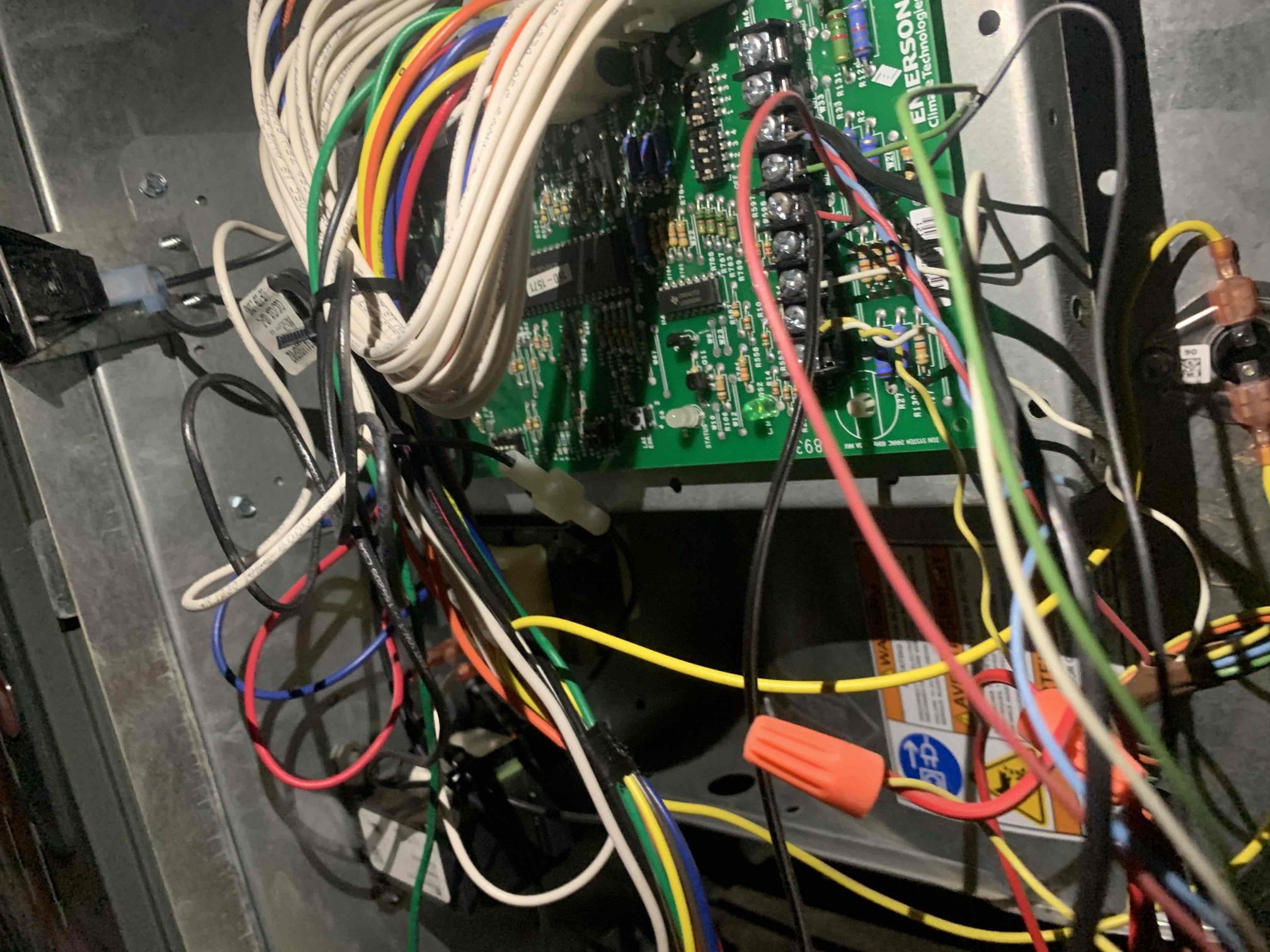
Preformed dryer vent cleaning. Upon arrival client stated the dryer was giving an error code of 80percent blockage. I inspected the dryer vent and saw a good amount of lint build up. I disconnected the dryer vent hose and began clear the vent. A substantial amount of lint build up was cleared from the vent. I proceeded to the attic were i disconnected the vent piped to the roof was and cleared any lint build up further up in the vent stack. After completing the dryer vent cleaning I inspected for cleanliness all around.
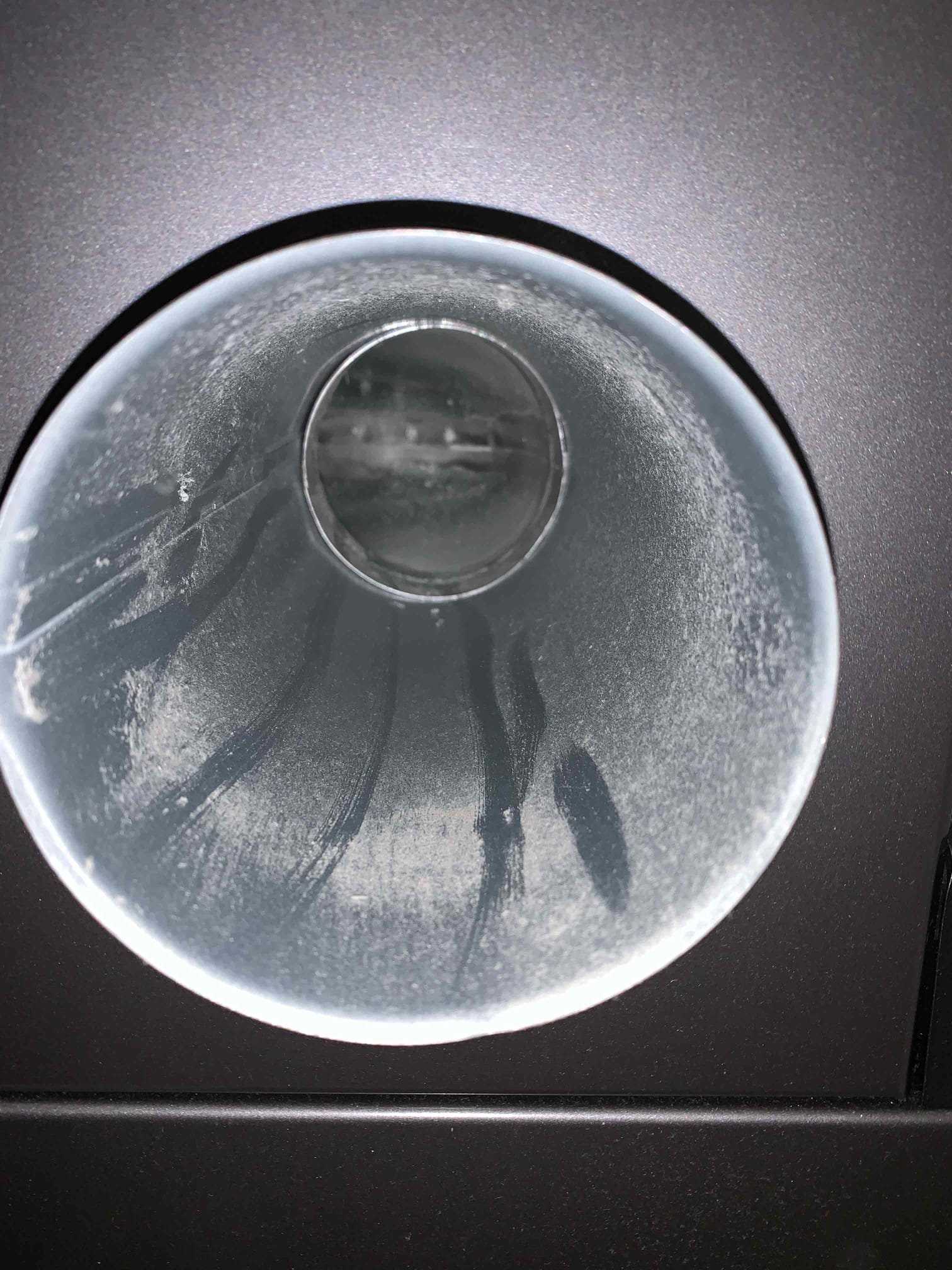
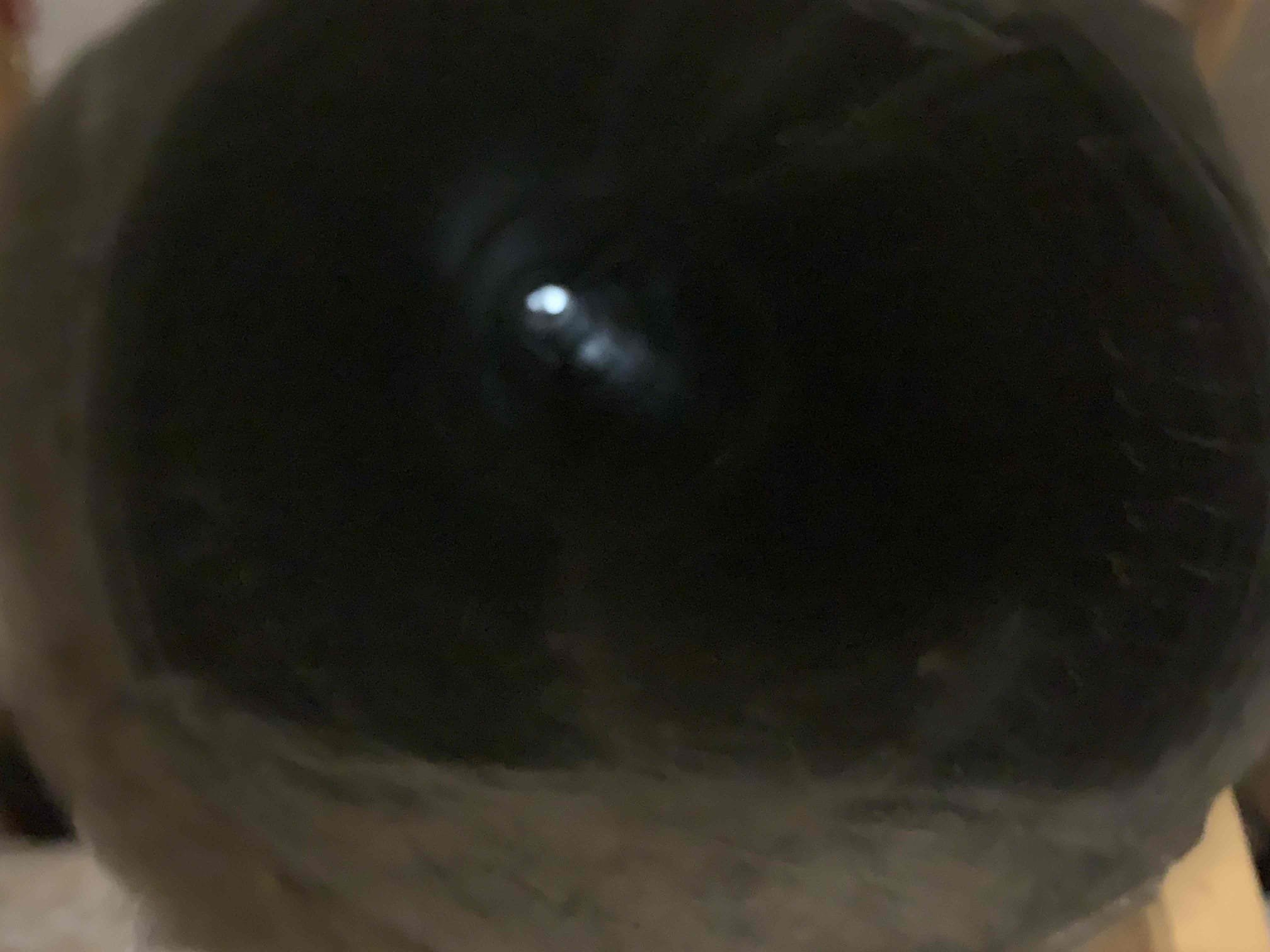
Arrived on site, heavy rain present at time of service. He began inspection at the air handler. Tested stage one and stage two heat. Both stages were operating normally and putting out correspondingly warm air. Extensively tested 20kw heat strips and found them all to be working well. Tested float switch and drain line and found them to be working as intended. Measured blower motor amps, no concerns at this time. Found some bacterial growth around the blower housing and door insulation. Brought is finding to the attention of the homeowner and provided estimate to his email. Unable to proceed further at this time, informed customer I will need to come back later this afternoon once the rain has let up to finish testing on the outdoor unit.

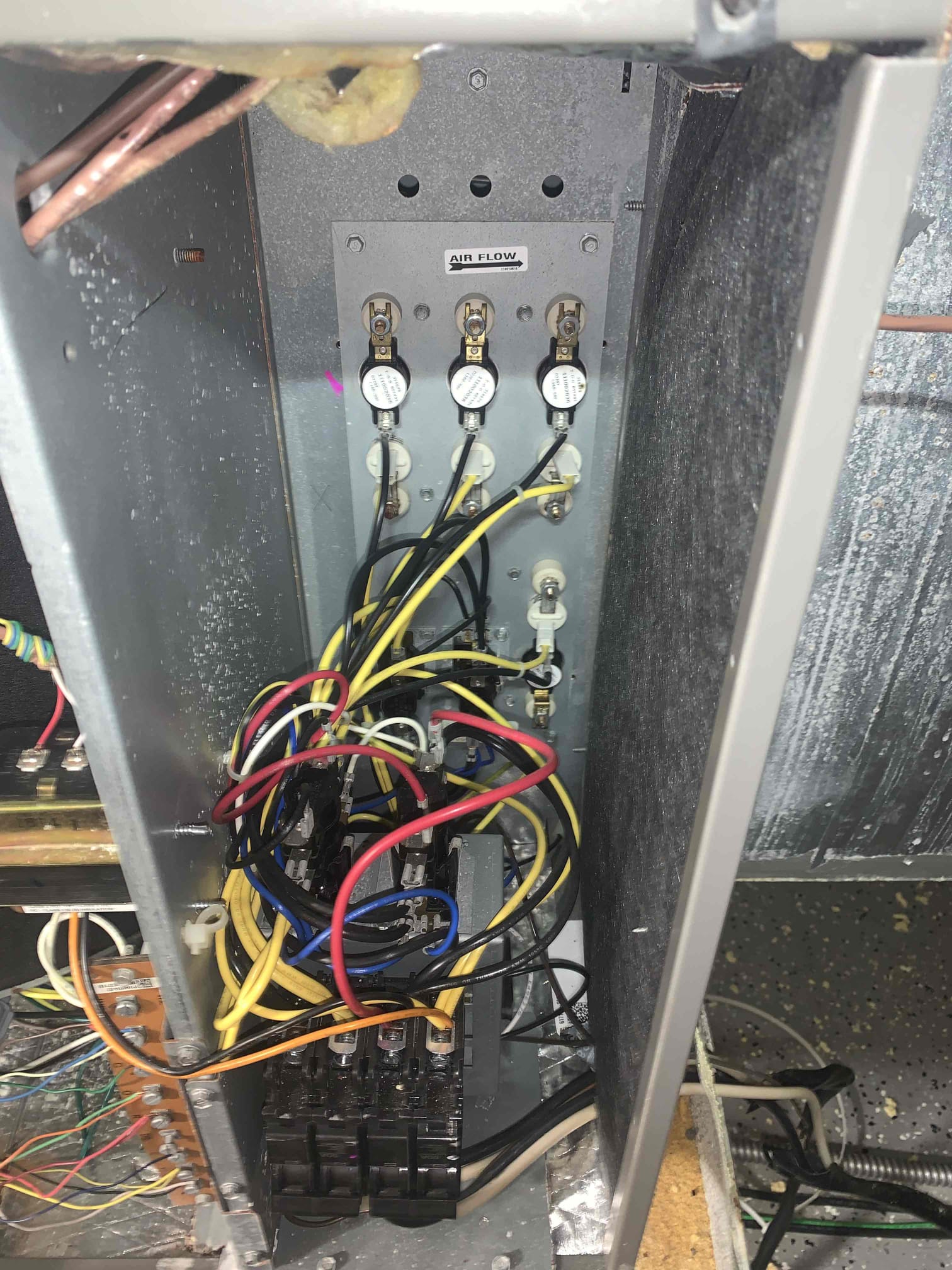
Returned to add a supply and return vent in the attic due it being foamed and to help out with the humidity. Did seal the added ductwork and hang properly. Customer paid the remaining balance with a credit card
Demand call for system having some kind of biological growth on the supply side and some of the ductwork not being properly sealed. Upon arrival the customer took me to the attic to show me the areas of concern. Some of the ducts attached to the supply boxes and mixing boxes had minor air leaks causing some growth around the connections. I was able to remove the growth and reseal the ductwork, I informed the customer that I can’t guarantee the growth won’t come back but properly sealing the ductwork and adding a return and supply vent in the attic to help with the humidity of the foamed attic will definitely help prevent it from coming back. Customer does have an air scrubber and has replaced the bulb in it already and he will like to add the vents in the attic to maximize the defense against the growth. Customer signed the estimate and paid a $100 deposit that will go towards the total due when the work is completed. I informed him that the office will call him tomorrow morning to
1. Visually inspected condenser coil for debris/ dirty. 2. Inspected condenser fan motor. 3. Inspected condenser fan blades. 4. Inspected/ cleaned wiring connections. 5. Tested compressor/ condenser fan motor capacitor. 6. Checked compressor amp draw. 7. Checked condenser fan motor amp draw. 8. Inspected / replaced return filter. 9. Inspected return plenum for debris/ dirty. 10. Inspected evaporator coil. 11. Inspected blower motor/ blower wheel. 12. Checked blower amp draw. 13. Measured temperature differential from supply to return. 20 degrees measured. 14. Inspected drain lines and treated to prevent blockages 15. Rinsed condenser unit to promote heat exchange 16. Replaced and dated filters Capacitor testing 64.96/70. Advised homeowner capacitor is testing outside manufacturer specs and recommended replacement avoid system failure. Homeowner elected to let it be for now and keep an eye on it.

